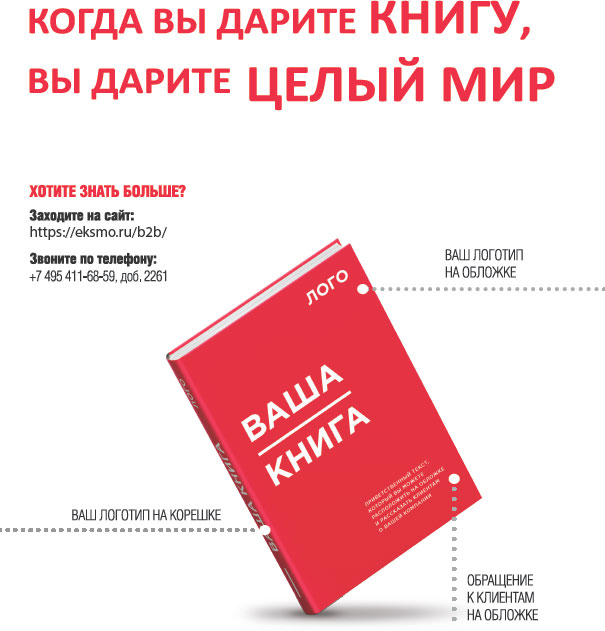Moore, A. and Malinowski, P. (2009) «Meditation, mindfulness and cognitive flexibility», Consciousness and Cognition, 18: 176–86.
NESTA (2009) «Measuring sectoral innovation capability in nine areas of the UK economy», Report for NESTA Innovation index project by S. Roper, C. Hales, J.R. Bryson and J. Love.
Ortner, C.N.M., Kilner, S.J. and Zelazo, P.D. (2007) «Mindfulness, meditation and reduced emotional interference on a cognitive task», Motivation and Emotion, 31: 271–83.
Ostafin, B.D., Chawla, N., Bowen, S., Dillworth, T.M., Witkiewitz, K. and Marlatt, G.A. (2006) «Intensive mindfulness training and the reduction of psychological distress: a preliminary study», Cognitive and Behavioral Practice, 13: 191–7.
Plutchik, R. (1994) «The Psychology and Biology of Emotion», New York: Harper Collins.
Shaver, P.R., Schwartz, J.C. and Wu, S. (1992) «Cross cultural similarities and differences in emotion and its representation: a prototype approach», Review of Personality and Social Psychology, 13, ed. M.S. Clark, Sage: Beverly Hills, CA, 175–212.
Russell, J.A. (1980) «A circumplex model of affect», Journal of Personality and Social Psychology, 39: 1161–78. (An alternative circular model but with different labelled dimensions was proposed by D. Watson and A. Tellegen), «Towards a consensual structure of mood», Psychological Bulletin, 98 (1985), 219–35.)
Shipton, H., West, M.A., Dawson, J., Birdi, K. and Patterson, M. (2006) «HRM as predictor of innovation», Human Resource Management Journal, 16(1).
Siegel, D.J. (2007) «Mindfulness training and neural integration: differentiation of distinct streams of awareness and the cultivation of well-being», Social Cognitive and Affective Neuroscience, 2: 259–63.
«Strength Deployment Inventory (SDI), self-assessment tool». Personal Strengths UK Ltd.
Tether, B.S. (2005) «So services innovate (differently)? Insights from the European innobarometer survey», Industry and Innovation, 12(2): 153–84.
Van Velsor, E. and Brittain, J.L. (1995) «Why executives derail: perspectives across time and cultures», The Academy of Management Executive, 9(4) (ноябрь), 62–72.
Wachs, K. and Cordova, J.V. (2007) «Mindful relating: exploring mindfulness and emotion repertoires in intimate relationships», Journal of Marital and Family Therapy, 33: 464–81.
Waller, L. and Reitz, M. (2015) «The neuroscience of management development», P. Hind (ред.), Management Development that Works, Libri Publishing: Faringdon.
West, M.A. (2002) «Sparkling fountains or stagnant ponds: an integrative model of creativity and innovation implementation in work groups», Applied Psychology: An International Review, 51: 355–424.
Wilson, C. (2010) «The Coaching Feedback model». Сайт: http://www.coachingcultureatwork.com Доступ с 25 мая 2015 г.
Yuvaraj, S. and Srivastava, N. (2007) «Are innovative managers emotionally intelligent?» Journal of Management Research, 7(3): 169–78.

Примечания
1
По первым буквам английских слов peace, love, unity и respect.